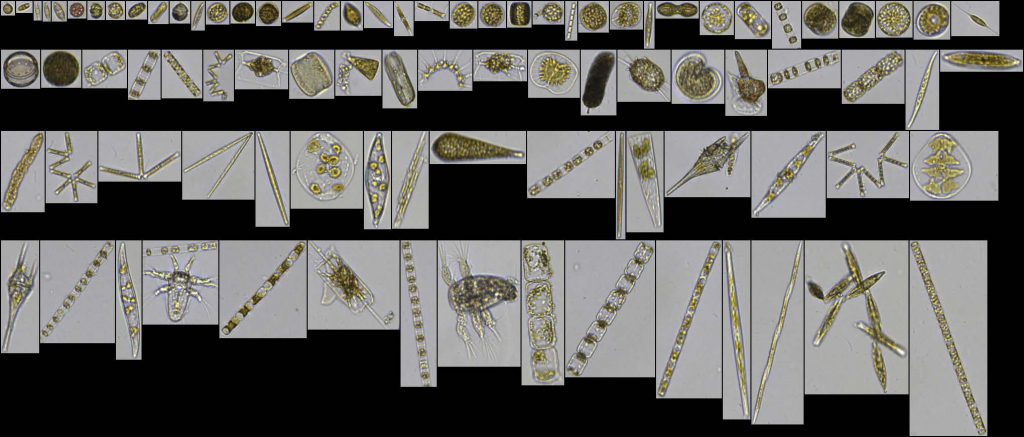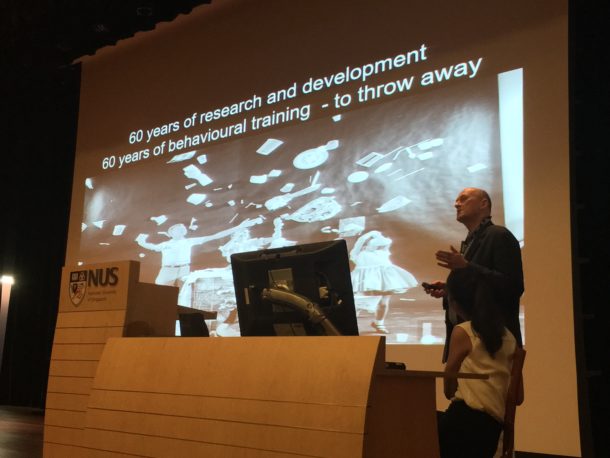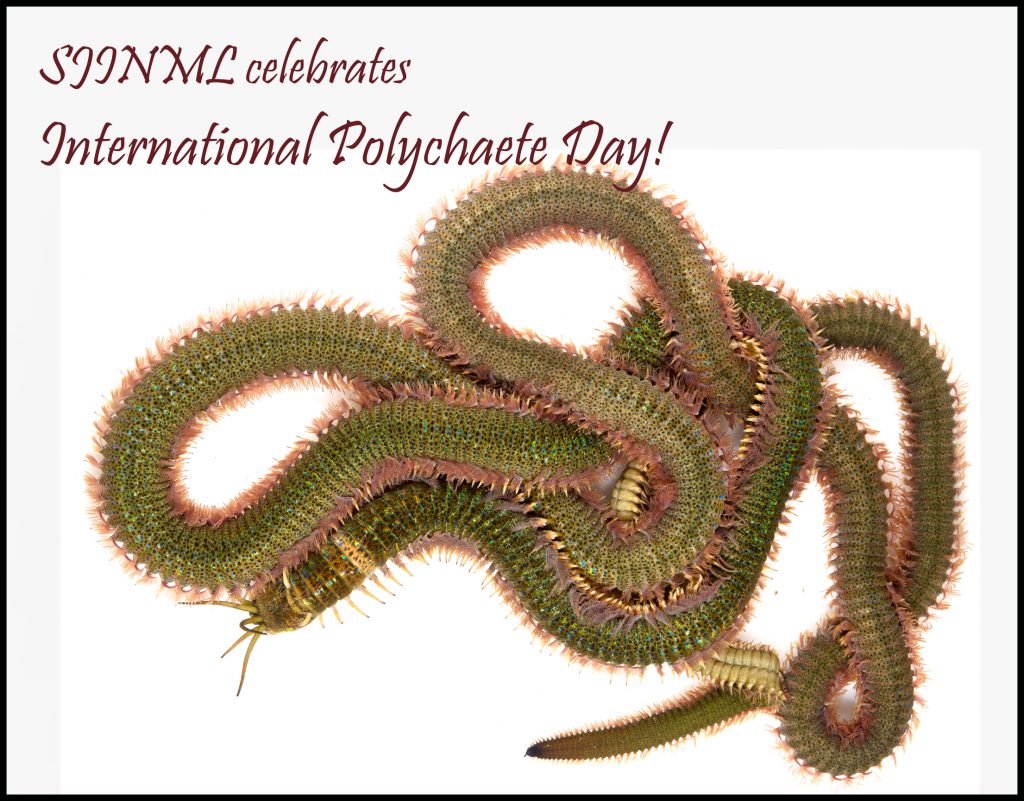[New Equipment] FlowCam 8000
St John’s Island National Marine Laboratory is excited to announce the availability of the FlowCam 8000 for all registered users!
There will be a demonstration on the equipment on Tuesday, 25 September 2018 at 2.30pm.
The FlowCam is a dynamic liquid imaging particle analyser that rapidly takes images of magnified particles flowing through a fluidic system. This is then followed by the use of an image analysis software to characterise and identify the particles.
[New Equipment] FlowCam 8000 Read More »





